Sixteen Candles Summersweet
$69.50 Original price was: $69.50.$48.65Current price is: $48.65.
- Free Shipping over $25
- Fast & reliable delivery options
- Enjoy top quality items for less
- Multiple safe payment methods

As the season goes on, more and more shrubs flower and then sadly go out of bloom. It isn’t hard, though, to make sure you keep fresh blooms coming, if you choose some attractive late-blooming plants. One of our big favorites, perfect for semi-shaded spots and damp parts of the garden, is the Sixteen Candles Summersweet. From July through to September every day will be a birthday party with the bright and fragrant blossom spikes of this bush decorating your garden. The pure-white blooms glow out of the shade, and you might be tempted to run out and make a wish when you see them – a wish for more easy-care plants like this one. Who said that our native plants are dull and uninteresting?
Growing Sixteen Candles Summersweet
Size and Appearance
The Sixteen Candles Summersweet is a compact deciduous shrub that slowly grows to about 2½ feet tall and wide, eventually reaching perhaps 4 feet tall. Once established it may send out new stems from the roots, forming a wider clump, which is great for groundcover in natural parts of your garden. It is easy to remove those stems if you want to prevent too much sideways growth. The new leaves are bronzy chartreuse, maturing to an exceptional dark green, with this healthy, glossy foliage lasting well into fall, before turning radiant gold tones before the leaves fall. The wedge-shaped leaves are 3 to 4 inches long, and they have a rounded tip marked by small serrations along the edges.
By the end of July blooming will have begun, and it lasts at least 6 weeks, taking blooms right into September. Not many shrubs bloom for this long, so this bush is a great addition to your garden. The blooms are tiny, about ¼ inch across, with 5 white, spreading petals and a tuft of the palest yellow stamens in the center. They are carried in long clusters that grow from the ends of new shoots, and these are exceptionally long – a full 6 inches or even more – and strongly upright. The bush is covered with blooms and makes a wonderful display in your garden. The flowers have a rich scent that some say is like sweet licorice, and butterflies and hummingbirds are drawn to it, feeding on the nectar. When blooming eventually ends the flowers become clusters of brown seedpods, which add interest all through the winter months.
Using Sixteen Candles Summersweet in Your Garden
If you are looking for shrubs to plant in the front or middle of a bed, or grow along a pathway, the Sixteen Candles Summersweet is perfect. Grow it alone or in clusters of 3, 5 or 7, to fill your beds with excellent foliage and beautiful flowers. It grows well beside water, so plant along a stream or by a pond. Edge a path with it or grow it in planters in all but the coldest zones. This is a plant native to North America, so it is perfect for natural gardens and for beautifying woodlands. It is also a good choice for marshlands and coastal areas, because it is resistant to salty air.
Hardiness
The Sixteen Candles Summersweet can be grown in a wide range of climates. It will grow well zone 4, and all the way to zone 8. It even grows in zone 9 in the northeast. In zone 3 there will be some dieback of branches, but flowers appear on new stems, so flowering should be just as rich and attractive.
Sun Exposure and Soil Conditions
In cooler zones full sun is fine, if the soil is not too dry. Morning sun and afternoon shade are ideal everywhere, and even some full shade will be tolerated, if it isn’t too gloomy. Most soils are OK, as long as they are not too dry. Very alkaline soils may cause some yellowing of the leaves, which can usually be corrected with an application of iron chelate, available for treating acid-loving plants. A regular supply of water is best, with even moisture, and wet soils are tolerated well.
Maintenance and Pruning
The Sixteen Candles Summersweet is easy to grow, and it needs very little attention. Water regularly, especially when new and during dry periods. Pests, diseases and deer are usually not problems, and it needs little or no pruning. If you do want to trim, do this in late winter or early fall, and don’t trim new shoots, as this will reduce flowering.
History and Origin of Sixteen Candles Summersweet
The Summersweet is also known as Pepperbush, because the seed pods look a little like black pepper corns, although they aren’t at all spicy. Called Clethra alnifolia, this bush can be found growing anywhere from Maine to Florida, and it reaches as far west as Texas. It is often found in coastal areas and in sandy soil beside swamps and streams. A tea was made by Native Americans from the dried and smoked leaves.
The wild bush can grow to 8 feet, and it often has a floppy habit, so selections have been made of better and smaller forms. A popular smaller plant is ‘Hummingbird’, an old variety, but it has an open form, and it can spread into a wider clump. Back at the end of the last century Dr. Michael Dirr, a well-known educator and authority on garden plants from Georgia, grew some seedlings with seed collected from ‘Hummingbird’. He studied the young plants and selected one that combined long, upright flower stems with a neat compact form that didn’t flop. Because of the look of those white spikes of bloom, he named it ‘Sixteen Candles’.
Buying Sixteen Candles Summersweet at The Tree Center
With the push to incorporate native plants into our gardens, the Sixteen Candles Summersweet is a great place to start. You don’t have to give up beauty, rich flowering and compact plants to ‘go native’. But order now, because we only have limited stock of this popular plant.
Be the first to review “Sixteen Candles Summersweet” Cancel reply
Related products
Rhododendron
Butterfly Bush
Ornamental Grasses
Drift® Roses
Butterfly Bush
Boxwood Shrubs
Pieris
Knock Out® Roses



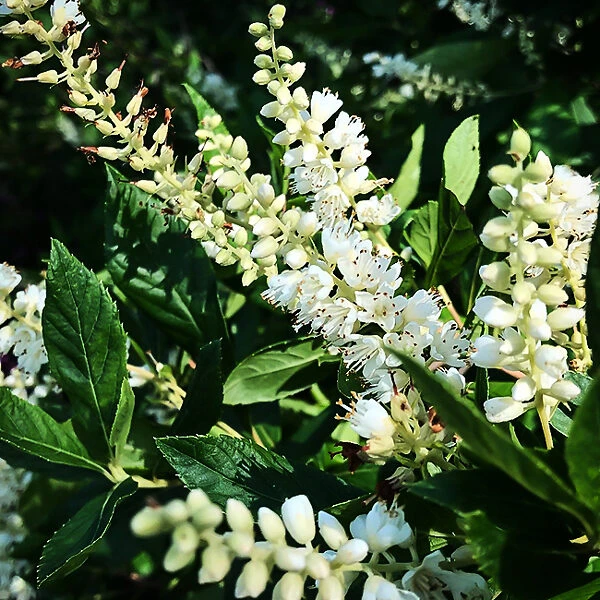
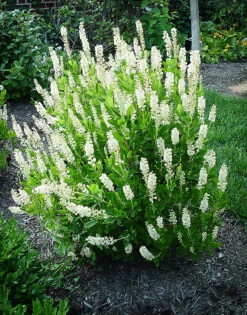
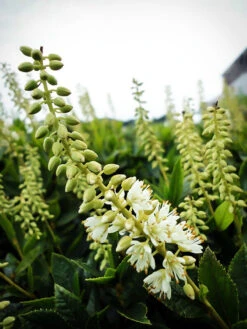
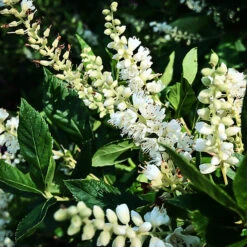
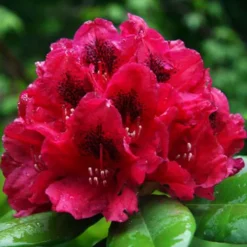


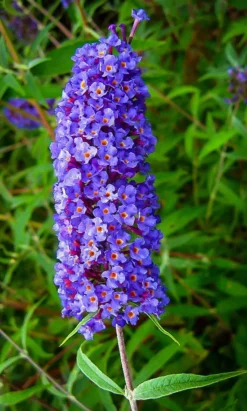
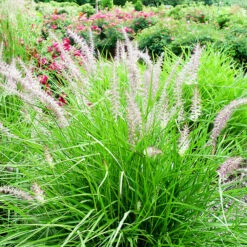
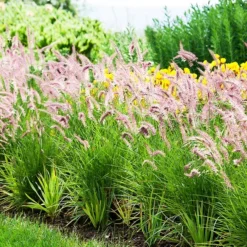
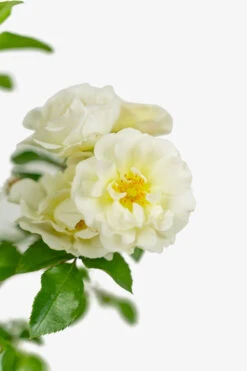
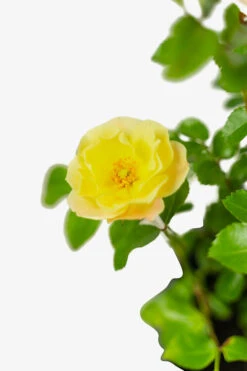

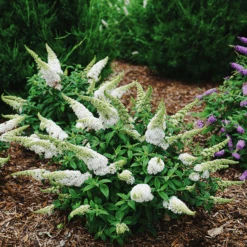



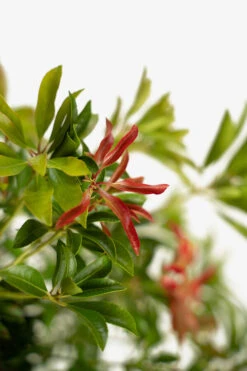
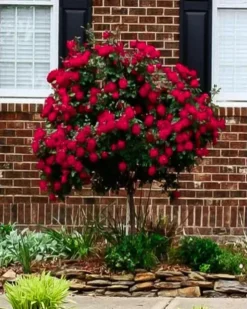

Reviews
There are no reviews yet.